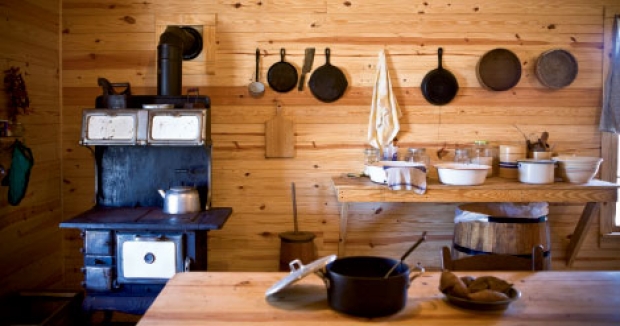Horry County Museum offers a glimpse of Lowcountry farm life, and you can leave the Blackberry behind.

In the age of iPhone applications and video-game simulations, it’s easy to forget an era when “working with one’s hands” meant more than pushing a button. But now in the face of twenty-first-century technology, Horry County Museum offers a welcome alternative to app-surfing.
L. W. Paul Living History Farm opened last November with the intent of transporting visitors to an early twentieth-century homestead, circa 1900 to 1955, complete with a farmhouse, smokehouse, and outhouse, among other time-sensitive buildings, tools, and details. Think of it as a game come to life, or an interactive anachronism.
The farm, just north of Conway, was the brainchild of area businessman Larry Paul, who has a deep family farming history in the Lowcountry. He wanted to preserve the unique aspects of farm life as a kind of time machine, which could transport visitors to daily obligations of 100 years ago. The county council annexed seventeen acres for the project and Horry County Museum signed on to head it up.
Wayne Skipper, director of the farm, notes, “We are already noticing a really good reception not only from the community, but also we are getting large groups who visit the Grand Strand region.”
Volunteers run the show, demonstrating various aspects of Lowcountry farming, including plowing sugar cane (for homemade cane syrup sold in the museum’s gift shop), milking cows, blacksmithing, canning vegetables, and making lye soap. Activities change with the seasons and are particularly kid-friendly, so the little buckaroos can have a taste of what was—and what remains—alive and well.
In addition to an authentic turn-of-the-century farmhouse with a working iron stove, guests have access to other buildings unique to the period, such as a syrup shed, grits mill house, and church -- which is a pew-for-pew replica of the Primitive Baptist Church of Pawleys Swamp, circa 1840.
History in the making-- no technology necessary.